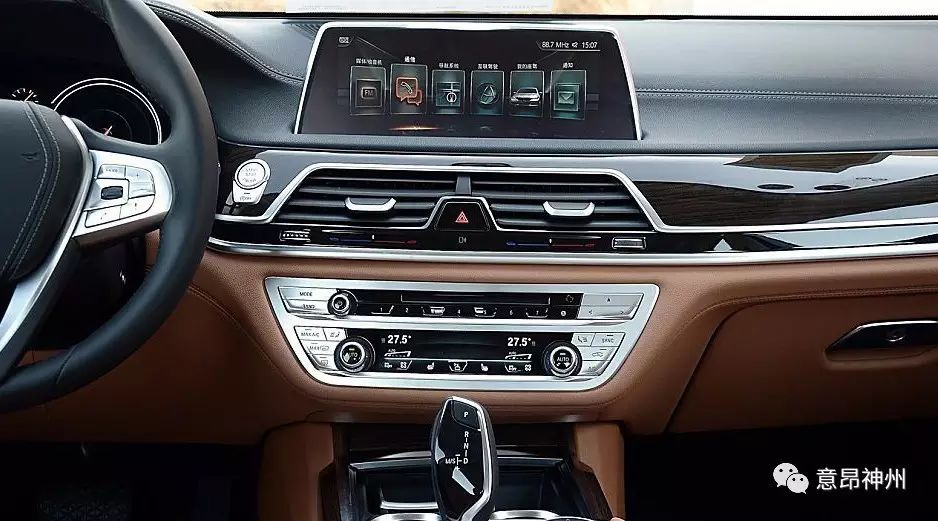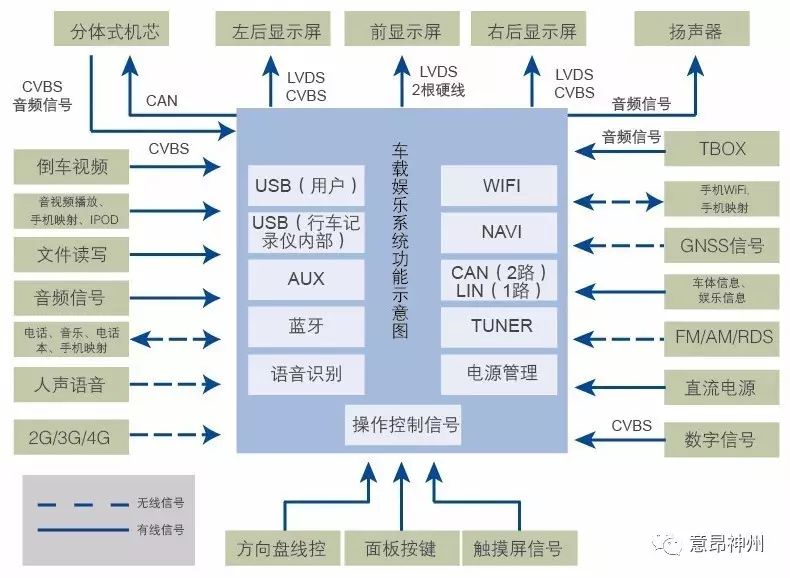With the current development of networking and intelligence, user experience is increasingly valued, making the testing of In-Vehicle Infotainment systems (IVI) a focus for various OEMs and suppliers.
IVI testing is complex due to its wide-ranging requirements, diverse testing types, and the time and effort involved, gradually becoming a significant factor affecting automotive intelligence. Moreover, the testing of such systems must meet contemporary demands for automation to replace traditional, inefficient, and labor-intensive manual testing, which poses a substantial challenge for improving the quality of In-Vehicle Infotainment systems.

A typical OEM’s IVI system includes the following functional units: audio and video, radio, navigation, voice recognition, multimedia player, Bluetooth, Wi-Fi, and 2/3/4G, among others.
The IVI system is a highly complex system under test, requiring both functional testing for validating the functionality of the IVI system and performance testing for acceptance testing of the IVI system’s performance aspects.

Testing equipment needs to simulate the wired and wireless signals required by the IVI system, including various power inputs and operational control signals (such as bus, touchscreen, wired control, buttons, and voice commands), to achieve the goal of simulating the real usage environment of the IVI system in a laboratory setting. This is accomplished by automatically executing various functional and performance test scripts, resulting in a test report upon completion.
Testing System Solutions
To meet the testing requirements focusing on both functionality and performance of the IVI system, while considering the decoupling of business in testing philosophy, Yiyang Shenzhou adopts advanced technology from the United States to design two independently operating testing systems. These systems are closely integrated through internet technology, with a server maintaining data sharing and completing unified data interaction and analysis.
Features of the Testing System
-
The testing system is compatible: The automated testing system is primarily used for functional and performance testing of IVI systems and is applicable to different IVI system platforms. The operating systems it supports include LINUX, Android, and QNX, and the functional composition and interface definitions of various entertainment system platforms are not entirely the same. The compatibility of the testing system allows it to test various IVI systems available on the market.
-
The testing system is extensible: For future upgrades and expansions, the testing system meets two requirements: it can be portable for different models of the IVI system under test; it can accommodate connections for instrument panels, T-Boxes, and other IVI-related products, reserving a universal data interaction interface.
-
The testing automation software is powerful: It supports executing scripts for automated testing, provides an open interface for writing test scripts, allowing users to customize different test cases and execution scripts; it supports real-time recording of test steps; the entire testing process requires no human intervention (or minimal human involvement depending on specific functional requirements), with raw test data automatically archived, analyzed, and generating test reports; using black-box testing tools, it can complete functional testing, regression testing, daily build testing, and automated regression testing.
-
The waveform for power fluctuation tests can be defined in other software, such as EXCEL or other text editors.
-
The testing system complies with the following standards: ISO11898, ISO15765, ISO14229/2006, ISO26262, GB28046, and national testing standards related to In-Vehicle Infotainment systems.
The advantage of this solution is the clear division of performance testing and functional testing business, allowing for targeted testing objectives. It maximizes resource efficiency of recording equipment and improves the working efficiency of the system. The design of this system is more aligned with the future shape of testing and experimental systems and has been successfully applied by renowned OEMs in testing infotainment systems.
